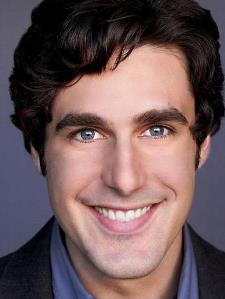J.R. S. answered • 10/24/17
Tutor
5.0
(145)
Ph.D. in Biochemistry--University Professor--Chemistry Tutor
4HCl + O2 ==> 2H2O + 2Cl2 balanced equation
Note mole ratio of HCl : O2. It is 4 moles HCl to 1 mole O2. Calculate moles of each and see which is limiting.
moles HCl present = 63.1 g HCl x 1 mole/36.5 g = moles HCl
moles O2 present = 17.2 g O2 x 1 mole/32 g = moles O2
Is the # moles HCl at least 4x the # moles O2? If not, then HCl is limiting. (Hint: correct answer is HCl is limiting)
To obtain theoretical yield, you use the reactant that is limiting and the mole ratio of that reactant to the product.
For example, if HCl is limiting, then 4 moles HCl produces 2 moles Cl2. So, from the moles of HCl calculated above, you can determine moles of Cl2 that should theoretically be formed (use the ratio of 4 HCl = 2 Cl2). That will be the theoretical yield.
To get the % yield, you calculate how many moles of Cl2 you ACTUALLY obtained, i.e. 49.3 g Cl2 x 1 mol/71 g and compare that to theoretical yield. Per cent yield is moles actual/moles theoretical (x100%).





